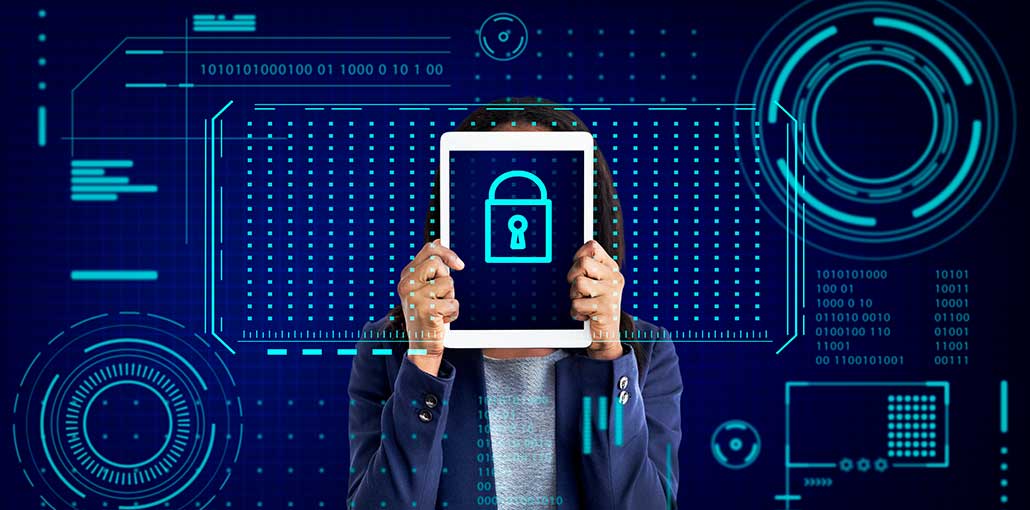Cyberattacks are quite common nowadays. Hackers can expose your personal information, or worse, they can disrupt the normal functioning of your business by shutting it down for hours or days.
After the pandemic, companies were forced to relocate to more remote locations to avoid being attacked by hackersCOVID is causing a surge of cyberattacks, since global disruptions make it easy for cybercriminals in. Security deficiencies are leading to billion-dollar losses.
Cyberattacks are the fastest-growing crime on a global scale. Cybercrime is more costly than illegal drug trading. Cybercrime creates fear in both individuals and organizations that have their data hacked.
They can cause financial loss and damage to the company’s reputation. This article will cover the top cybersecurity trends for 2022 and how they can improve IT security and Internet privacy
1. User Awareness
Many business organizations are taking measures to increase safety and security, protect customers, and balance security.
To protect the company’s reputation, it is crucial to raise awareness among users in order to detect and prevent network hacks. Cyberattacks are not well-known to many people.
It is important to raise awareness to the public to prevent attacks like these. Many companies use the internet, visual aids, as well as classroom-based methods for awareness training and promotion. Employees are also trained on how to share and deal with confidential corporate data.
Also read: Best 10 Multi-Factor Authentication (MFA) Software Solutions
2. Attacks on the Healthcare Sectors
Data breaches are the most prevalent cybersecurity trend in the healthcare sector and it is costing organizations huge amounts.
Some health care providers have allowed their staff to work remotely due to the coronavirus outbreak.
Cybercriminals are looking to steal sensitive information from employees, companies, and patients. This threat continues to affect health organizations. The cybersecurity market for healthcare will reach $125 billion by 2025.
Health care organizations pay more attention to security requirements, such as HIPAA compliance, in order to protect patient information.
3. Geo-Targeted Phishing Threats
Phishing threats are more targeted, localized, and geo-targeted. Phishing activities account for 32% of data breaches. Experts believe that phishing attacks will become more frequent in the future. Businesses have started to adapt to the new changes and invest in security awareness programs.
4. Cloud Security
Cloud security must be improved as many cloud services don’t offer secure encryption. Cybercriminals can be attracted to cloud security that is not well-designed. Cyber attacks can be stopped by innovative and predictive cloud security. Predictive security is useful for identifying the threats of hackers. Predictive security has been a key component of cloud services for the past three years. It has earned a 261% ROI over the last three years.
5. Machine Learning
Machine Learning is now more proactive. Machine Learning has made cybersecurity easier than ever, more cost-effective, and less costly. Machine learning is able to anticipate and respond to attacks because it has access to a large database that creates patterns and uses algorithms. Machine learning allows cybersecurity to detect potential dangers and learn about the behavior of cyber criminals so they can avoid future attacks. It also reduces the time it takes for cybersecurity professionals to perform their regular tasks.
6. Threats to Higher Education
Cybersecurity is a top priority due to the increase in remote learning and online work. Cyberattacks on higher education are growing. Institutions are now using new security architecture, which includes perimeter security and cloud access.
7. GDPR Compliance
The GDPR represents a major development in data privacy across all EU countries. Global data protection regulations have been influenced by the GDPR. It establishes uniform and consistent security standards for all EU countries. It protects the consumers and personal data of EU citizens and ensures their safety.
Also read: How You Can Defend From Cyber Security Attack
8. Mobile Devices as The Attack Vectors
Mobile platforms are able to access most of the e-commerce software as well as other platforms. Mobile users are being targeted by cybercriminals and they use mobile devices as attack vectors. Mobile devices are easy targets for cybercriminals as they can be used by mobile users to conduct business and personal communications, shop, bank transactions, and other functions. Mobile devices are being used by cybercriminals as attack vectors. More than 70% of fraud transactions are made via mobile devices.
9. Financial Services Cyberattacks
Cyber threats also exist in this area. Some financial institutions are still trying to comply with cloud migration regulations. Phishing attacks via social media and other messaging platforms can also affect financial actors. Financial organizations are also vulnerable to malware and data breaches, in addition to phishing attacks. Financial systems are more vulnerable to cyberattacks than other industries. This can cost them 18.3 million USD per company.
10. The Development That Is Taking Place in The Cybersecurity Arena
No one can predict the future of cybersecurity due to the uncertainty surrounding the pandemic. These trends give an indication of what the future holds. In the coming years, IT security software developers, as well as admins, will be busy. E-commerce platforms will continue growing in popularity, making it difficult to control cyberattacks. It is crucial to recognize the areas of greatest attack and not fall prey to them.
Conclusion
It is important to strike a balance between security and privacy. Cyberattacks have made business organizations vulnerable. This article will provide insight on cybersecurity trends and ways to strengthen them to benefit customers.










Leave a comment